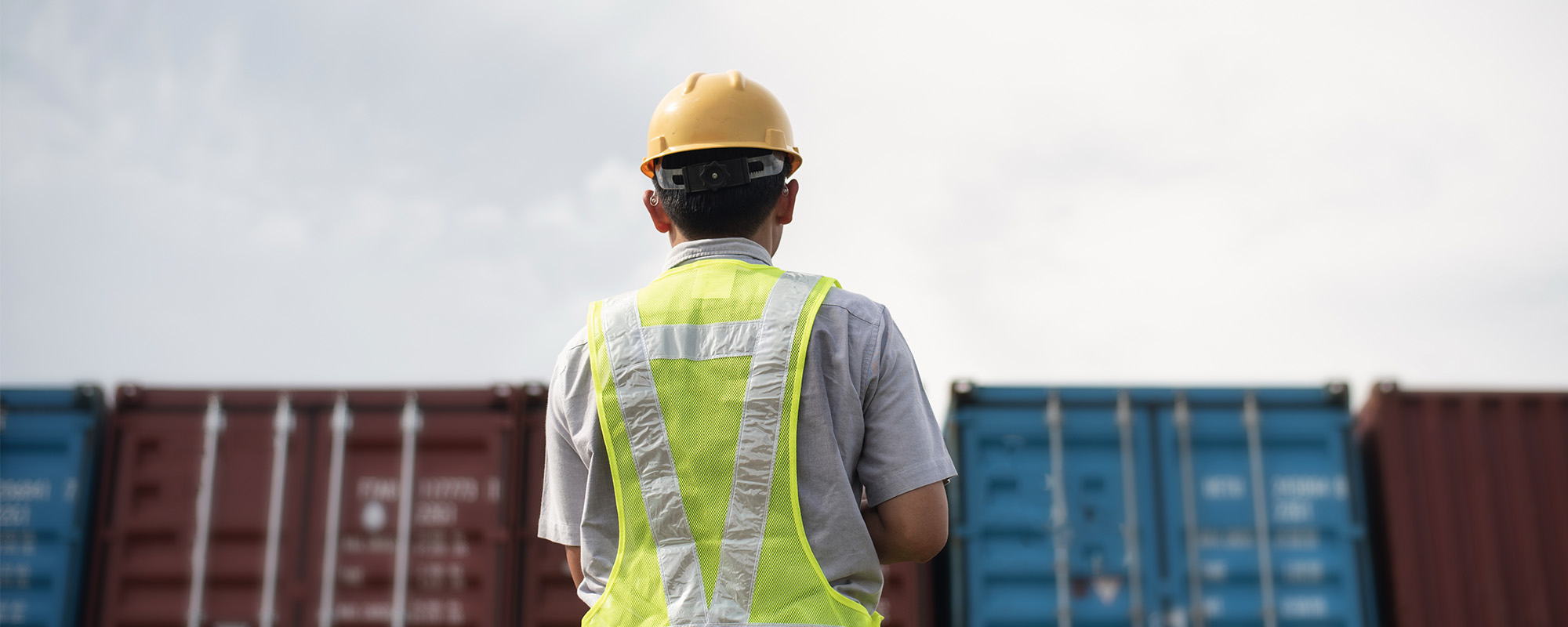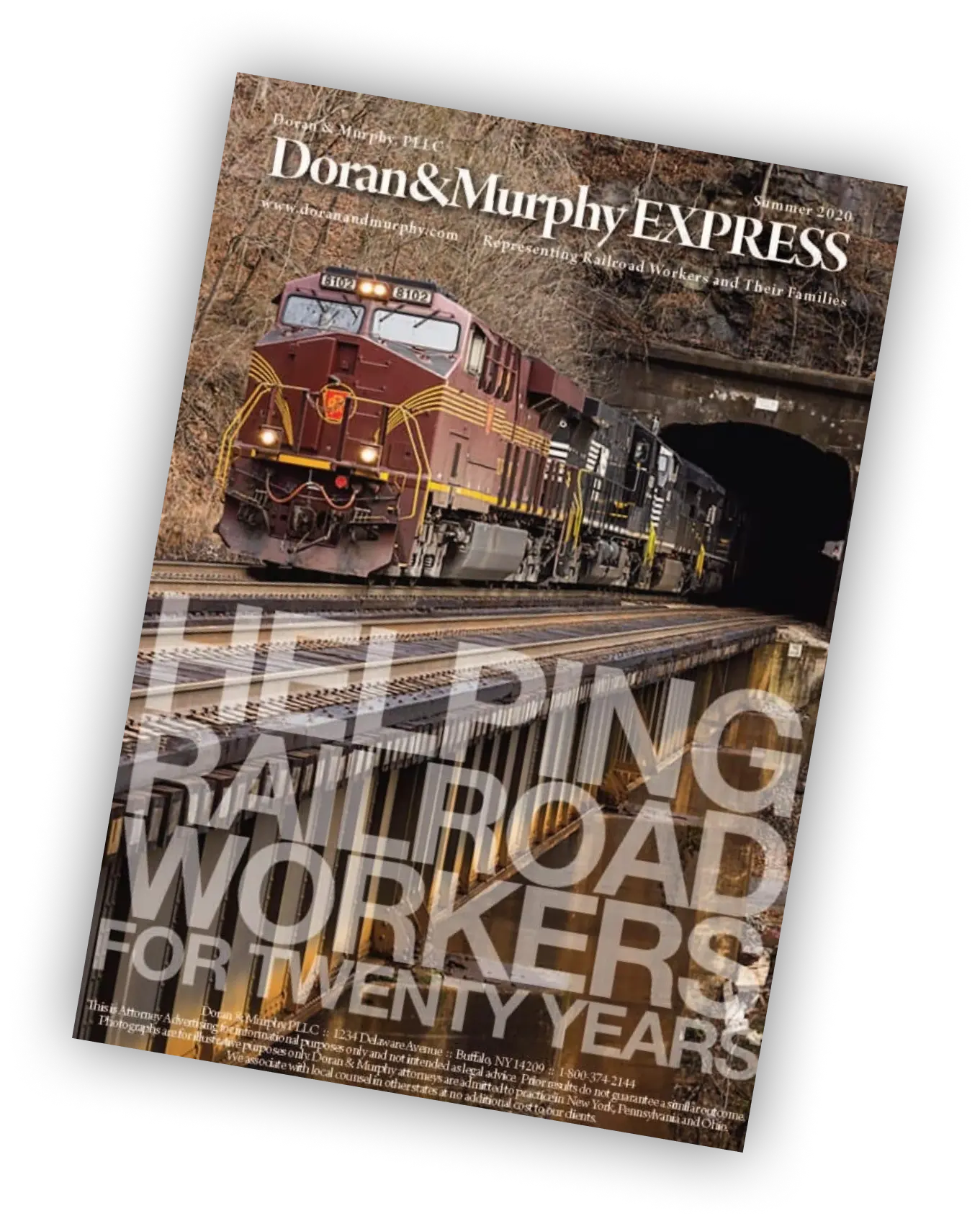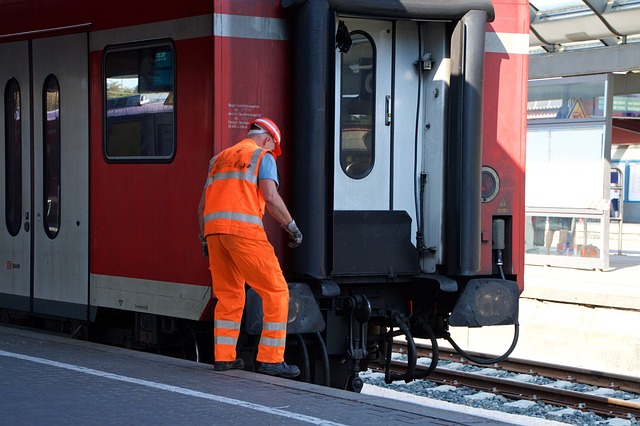
With decades of experience in railroad worker injury cases, the lawyers at Doran & Murphy have heard and seen it all. We have represented injured railroad workers in claims all over the country and those working in every different railroad job and craft. These claims have been against every major railroad and a large number of short-line railroads.
A previous blog discussed the unsafe working conditions faced by railroad shop workers. These workers are employed as machinists, electricians, and laborers in railroad diesel repair shops or work as carmen, car repair workers, car inspectors or welders in railroad car repair shops.
This current blog addresses the many different types of cases which our office has handled for shop workers. Over the last 30 years, we have represented workers who have been seriously hurt or killed by the railroads’ failure to provide a safe place to work in many different ways:
- Slip, trip and fall injuries: These falls have been caused by slippery substances such as oil or grease on the floor or by other workers leaving tools in working areas or walkways. Shop workers who have to make light repairs to locomotives or railroad cars may also have to walk around railroad yards where they can be exposed to slip and trip hazards such as uneven ballast, ice, or debris (ie- discarded brake shoes or old railroad ties) laying in the yard.
- Lifting injuries: Neck, back and shoulder injuries from lifting awkward or heavy objects are common and typically caused by the railroads’ failure to provide proper equipment to assist with moving heavy objects. Other times, the injury was caused by not having enough workers available to assist with lifting and moving heavy projects. Not having enough employees to safely do the job is especially a problem now because of the railroads’ preference for profits over safety and their move towards Precision Scheduled Railroading (PSR) as discussed in a prior blog.
- Defective equipment: A large number of injuries are caused by defective or broken equipment such as grab irons, ladders, couplers, sill steps or tools.
- Vehicle injuries: A surprising number of workers are injured while riding as passengers in vehicles being driven by careless coworkers in railroad yards in 4-wheel ATVs or company trucks. Under the law, the railroad is responsible for any injuries caused by the actions of coworkers.
- Falling objects: Railroad workers who are injured by falling tools or parts from workers performing jobs above them also have the protection of the law.
Unfortunately, the risk of serious injury for railroad shop workers continues long after they retire from the railroad. Many studies have documented the risks of developing cancer due to toxic workplace exposures and other blogs have discussed the cancer hazards from asbestos, diesel exhaust, silica, solvents, and welding fumes:
- Asbestos: Shop workers were exposed to asbestos from shop boiler and pipe insulation, locomotive pipe insulation, steam generators, asbestos brake shoes, and asbestos heat shields in cabooses. The railroads were aware of the hazards of asbestos all the way back to the 1930s but allowed the exposures to continue into the 1980s and 1990s.
- Diesel exhaust: Shop workers were also exposed to diesel exhaust due to the railroads’ decision to allow diesel engines to run inside repair shops. Over the last 20 years, certain railroads implemented rules prohibiting running engines inside shops but they waited too long to implement this safety measure, especially given the railroads knew about the cancer hazard risks from diesel exhaust all the way back to the 1950s. Our office has also found that labor union safety complaints often fell on deaf ears. One rail union warned a large Class 1 railroad in 1965 against lowering the roof in the diesel shop because doing so would “greatly increase our problem of diesel exhaust fumes and the resulting exposure to employees working in the diesel shop.” Certain railroads were more concerned about the effect of air pollution on the integrity of the buildings than their workers’ lungs. For instance, a memo from 1976 at one major railroad noted that “an excess amount of pollutants in the air has impacted the roof, and oxidation of the metal components must be halted to prevent extensive roof damage.”
- Silica sand: Certain shop workers were responsible for filling locomotive sanders with silica sand for traction. This process was done for decades without any respiratory protection, despite being aware of the silica cancer hazards since the 1930s.
- Solvent exposure: A large number of different solvents were used as degreasers by shop workers. Often times these degreasers contained benzene and placed workers at an increased risk of cancer, especially Myelodysplasia Syndrome (MDS) and various types of leukemia, including Acute Myeloid Leukemia (AML), Acute Lymphocytic Leukemia (ALL), and Chronic Myelogenous Leukemia (CML).
- Welding fumes: Diesel locomotive repair workers and railroad car repair workers are required to weld as part of their jobs. Welding fumes are a cancer-causing substance and railroad workers have life-long cancer risks even decades after retiring.
Despite these cancer risks to rail workers, the railroads have done little to nothing to notify retirees of their excessive cancer risks or to provide money for medical monitoring. However, railroad workers who get cancer can receive benefits for medical expenses, pain and suffering, lost wages, emotional distress and other damages.
If you are an active railroad worker who has been injured while working for the railroad, or an active or retired shop worker who has developed cancer, call the injury lawyers at Doran & Murphy today. It is also important to remember that if you are a spouse or child of a railroad worker who passed away from cancer, you can also claim benefits. With almost 30 years of experience, the railroad injury lawyers at Doran & Murphy are ready to protect your rights and get you and your family the compensation you deserve!





